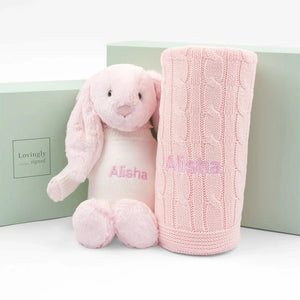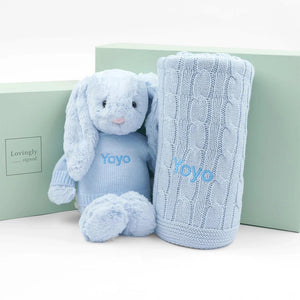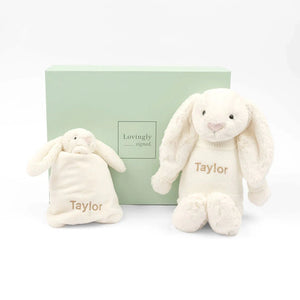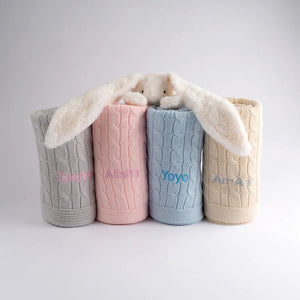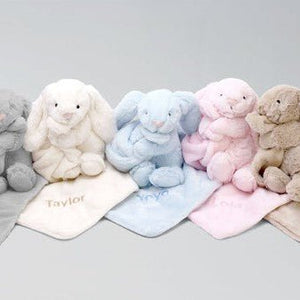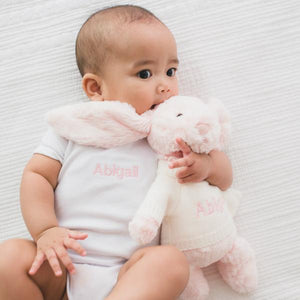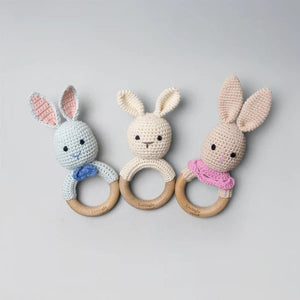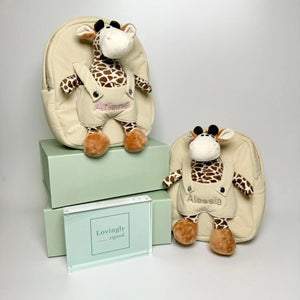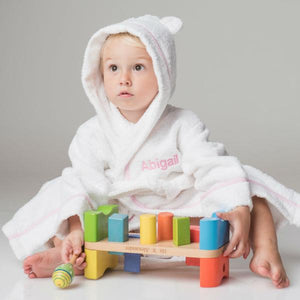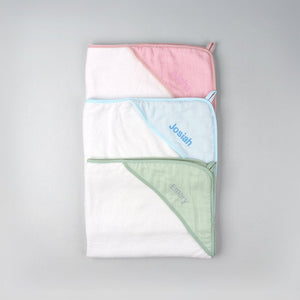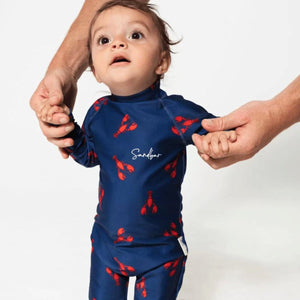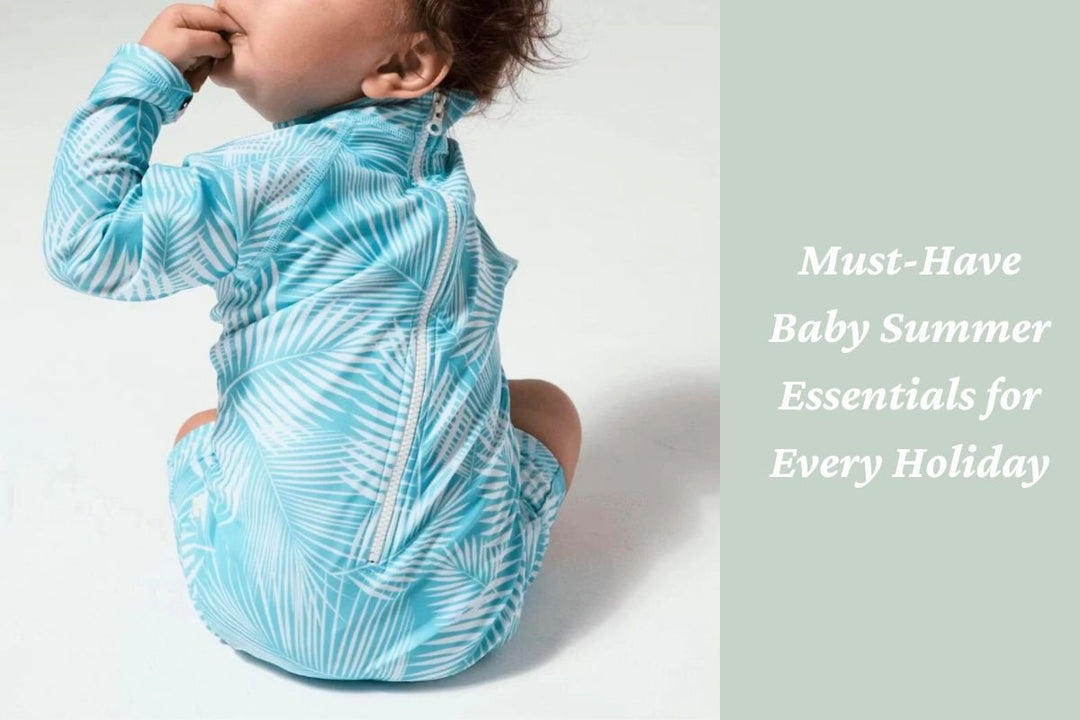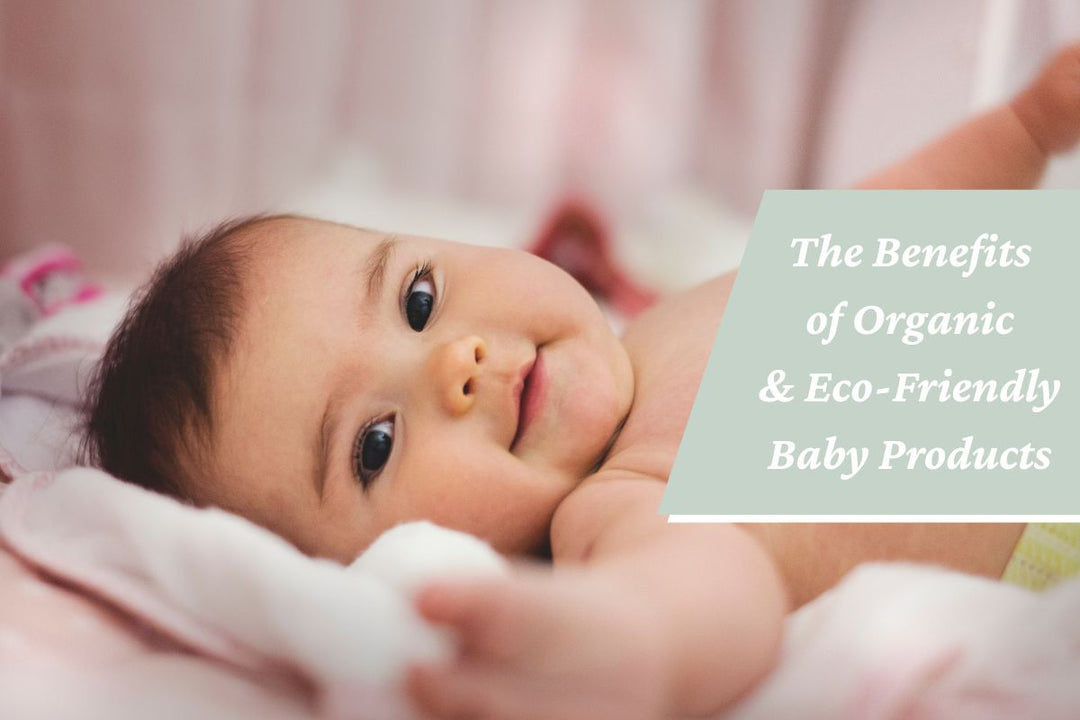How to Safely Bathe Your Baby: Step-by-Step Guide
Bathing a newborn can feel like a delicate mission—your baby is so small, the water feels unpredictable, and those tiny cries might make you second-guess every move. But here’s the truth: with the right preparation and mindset, baby bath time can become one of the most joyful, bonding routines of your day.In this step-by-step guide, you’ll learn how to bathe your baby safely and confidently, how often to do it, what to expect, and how to make the most of this special time together. And don’t worry—it’s far easier than it looks. With just a little practice, you’ll be navigating baby baths like a seasoned pro.
Table of content
- 1. When Can You Start Bathing Your Newborn?
- 2. How Often Should You Bathe Your Newborn?
- 3. What You’ll Need for a Safe and Soothing Baby Bath
- 4. Step-by-Step Guide: How to Safely Bathe Your Baby
- 5. How to Give Your Baby a Quick Clean-Up
- 6. Safety Tips Every Parent Should Know
- 7. Bonding with Your Newborn During Bath Time
- 8. How to Make Baby Bath Time a Calming Routine
- 9. Common Bath Time Questions (And Quick Answers)
- 10. Clean, Calm, and Connected
1. When Can You Start Bathing Your Newborn?

During the first days of your baby's life, their umbilical cord stump is still healing. That means you should start with sponge baths only—no full water baths just yet. Until the stump falls off naturally (usually within 1–2 weeks), use a soft washcloth with warm water to gently clean your baby's skin. This allows you to keep them fresh while avoiding any risk of infection at the cord site.
Once the stump is completely healed and has dried up, you can safely begin tub baths—a wonderful opportunity to introduce your baby to the gentle joys of warm water.
🛁 Tip: Always check with your midwife or paediatrician if you’re unsure whether the cord is fully healed or ready for a full bath.
2. How Often Should You Bathe Your Newborn?

It’s a common misconception that babies need to be bathed every day. In fact, two to three times a week is perfectly sufficient for newborns. Their skin is still developing and too much exposure to water and cleansers can lead to dryness and irritation. However, certain areas do need more frequent cleaning, such as:
- Face and neck folds – especially after feeding, where milk and drool can collect
- Hands and feet – as babies love putting them in their mouths
- Nappy area – cleaned thoroughly with every nappy change
A quick daily wipe-down is often more than enough to keep your baby clean and comfy, especially in the early weeks when they're not mobile. As your baby grows and becomes more active (especially during weaning or crawling), you may find more frequent baths help manage the mess.
3. What You’ll Need for a Safe and Soothing Baby Bath

Before you even think about turning on the tap, preparation is key. Newborns are squirmy, slippery, and sensitive—so having everything within reach helps the bath go smoothly and safely.
Your Baby Bath Checklist:
- A baby bathtub or clean basin (lined with a soft towel for extra comfort)
- Mild, fragrance-free baby cleanser (optional)
- Two soft washcloths – one for washing, one for rinsing
- A hooded towel or large soft towel
- A fresh nappy and change of clothes
- A small jug or plastic cup for rinsing
- A bath thermometer (aim for around 37°C) or test the water with your elbow—it should feel warm, not hot
🎵 You can also play some soft music or talk gently throughout—your voice is a soothing presence and helps baby stay calm.
4. Step-by-Step Guide: How to Safely Bathe Your Baby
Now that you’re prepared, let’s break it down into manageable, confidence-building steps.
Step 1: Prepare the Bathing Area
- Choose a warm, draft-free room
- Lay out all your supplies within arm’s reach
- Fill the tub with just 5–8 cm of water
Step 2: Undress Baby Gently
Babies don’t like sudden changes in temperature, so wrap them in a towel and uncover only the part you're washing during a sponge bath. For tub baths, undress them fully just before lowering them into the water.
Step 3: Lower Baby into the Bath
Support the baby's head and neck with one hand, and their bottom with the other. Slowly ease them into the water feet first.
🧡 Keep your other arm around their back and neck at all times. Cradling your baby securely is key to keeping both of you relaxed.
Step 4: Wash Gently and Lovingly
- Start with their face and eyes using a soft cloth and plain water—no soap
- Clean behind the ears, under the chin, and in skin folds
- Use a pea-sized amount of baby cleanser on the cloth to wash the body
- Wash their scalp gently with your hand or a soft sponge
- Finish with the nappy area, always washing front to back
Step 5: Rinse Carefully
Use the jug or cup to pour clean, warm water over baby’s body to rinse away soap, being extra gentle around their face.
Step 6: Lift Out and Dry
Lift your baby out slowly and securely, wrap them immediately in a warm towel, and pat them dry—especially in those little creases.
5. How to Give Your Baby a Quick Clean-Up

Some days you are just too busy or baby is too sleepy and a full bath isn't really necessary. That’s where a quick clean-up comes in handy.
How to do a quick baby wipe-down:
- Dampen a clean, soft cloth with warm water
- Gently wipe the face, neck, hands, and behind the ears
- Clean the nappy area thoroughly during changes
- Dry each area before moving to the next to avoid chills
This mini bath is perfect for daily freshness without the time or energy of a full tub session.
6. Safety Tips Every Parent Should Know
When it comes to bath time, safety is non-negotiable. Keep these essential tips top of mind:
✅ Never leave your baby unattended—not even for a moment
✅ Always test the water temperature before placing baby in the tub
✅ Keep one hand on your baby at all times
✅ Limit bath time to 5–10 minutes to avoid chilling or overexposure
✅ Avoid slippery soaps or shampoos—choose baby-specific products
✅ Dry all creases thoroughly to prevent irritation
🚿 Keep phones out of reach and avoid distractions. Baby’s bath time deserves your full attention.
7. Bonding with Your Newborn During Bath Time
Bath time is more than a practical routine—it’s an intimate, emotional experience that helps you and your baby build trust and connection.
Ways to nurture connection during bath time:
- Talk softly and narrate your actions
- Maintain eye contact while holding baby’s gaze
- Use skin-to-skin contact afterwards to promote closeness
- Add a gentle massage with baby lotion post-bath to calm and comfort
These small acts of care tell your baby they are safe, loved, and understood—key ingredients in their emotional development.
8. How to Make Baby Bath Time a Calming Routine
Creating a relaxing bath ritual can help signal to your baby that it’s time to unwind. Many parents choose to incorporate baths into the bedtime routine for this reason.
Build your baby’s bath-time rhythm:
- Bathe baby at the same time each day (evening is ideal)
- Keep the environment warm and lighting soft
- Play soothing lullabies or hum your own tune
- After the bath, follow with a baby massage or cuddly story
This consistency helps your baby feel secure—and for many families, bath time becomes a treasured part of the day.
9. Common Bath Time Questions (And Quick Answers)
What if my baby cries during the bath?
Crying is common at first—it’s a new experience! Try adjusting the water temperature, shortening bath time, or using a smaller tub. Most babies grow to love bath time with patience and consistency.
Do I need to use soap every time?
No—plain warm water is often enough. Soap should only be used 1–2 times a week to avoid drying the skin.
Can I bathe my baby if they’re unwell?
If baby has a cold or is feeling under the weather, consider a sponge bath instead of a full bath. If there’s a fever or discomfort, it's best to skip the bath altogether until they’re better.
10. Clean, Calm, and Connected
Bathing your baby isn’t just about cleanliness—it’s about care, connection, and creating rituals that bring you closer. With the right tools, mindset, and love, bath time becomes less of a chore and more of a cherished moment between you and your little one.
We know it can feel overwhelming at first—your baby is tiny, slippery, and unpredictable. But don’t worry: every bath builds your confidence. What feels uncertain now will soon become second nature. Before long, you’ll find yourself looking forward to this quiet time together—those warm splashes, the soothing cuddles, the soft towel snuggles.
So take a deep breath, trust yourself, and know that you’re doing brilliantly. Every expert was once a beginner, and you and your baby are learning, growing, and thriving together—one bath at a time.
🛍️ Make Bath Time Extra Special
Looking for the perfect finishing touches for your baby’s bath time?
Explore our luxurious collection of personalised hooded towels, muslin cloths, and gift sets—all beautifully curated with love at Lovingly Signed.




